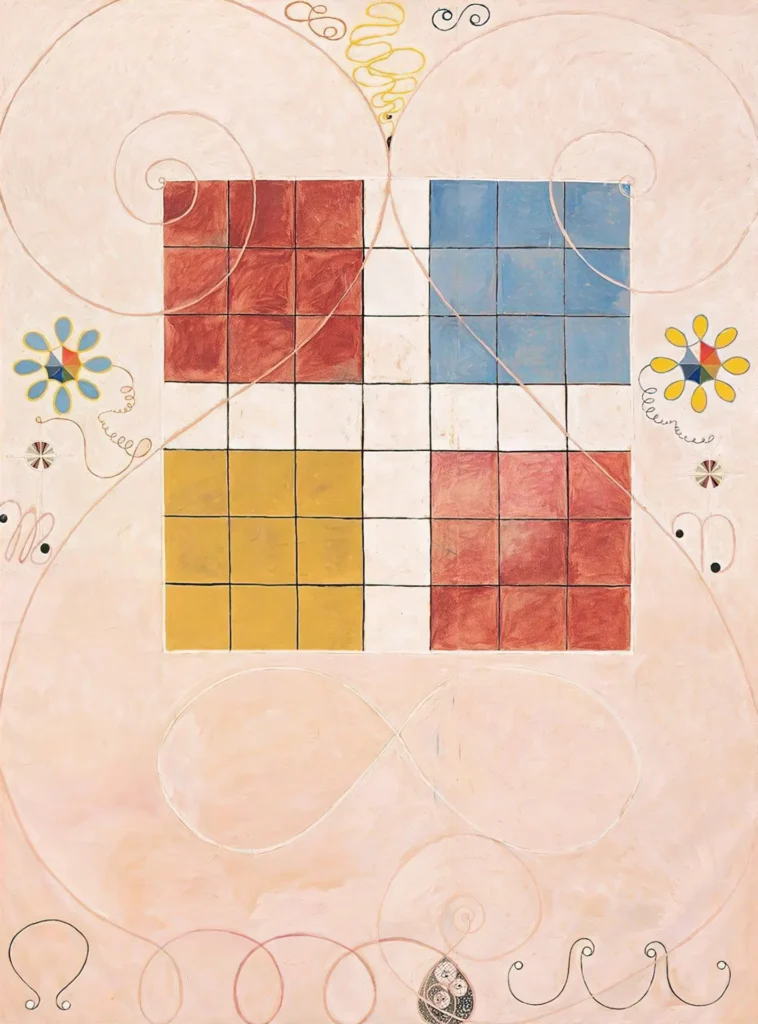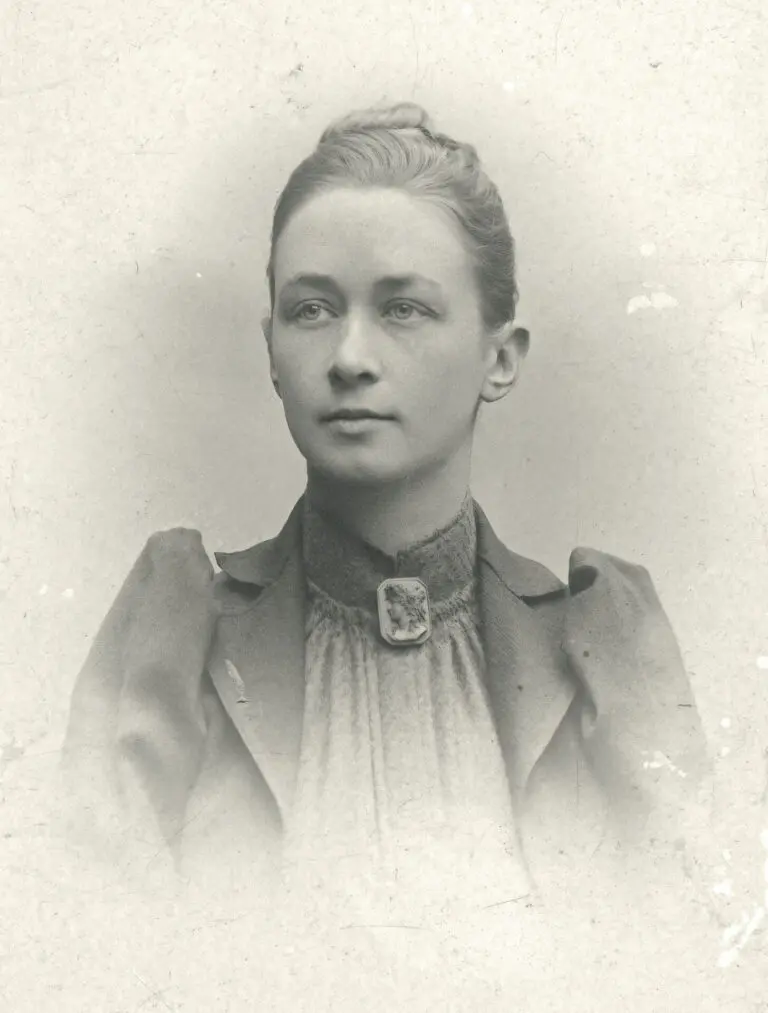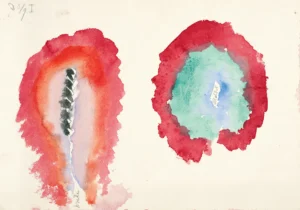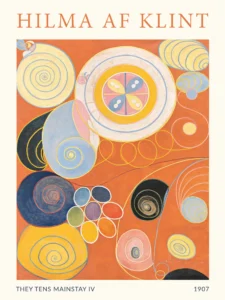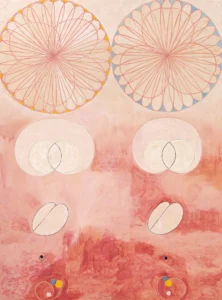The Ten Largest, No. 10, Old Age (1907)
Created in 1907, The Ten Largest, No. 10, Old Age is one of the monumental paintings in Hilma af Klint's celebrated series 'The Ten Largest.' Each of these vibrant works explores different stages of human life through abstract forms. Af Klint specifically uses color, grid patterns, and spiritual symbols to articulate her perspective on old age, marking a significant transition in her artistic expression. This painting intertwines influences from her spiritualist beliefs and theosophical teachings, culminating in a profound visual statement about life’s final chapter.
1907
About the Artwork
Did You Know
Liked what you see? Add it to your collection.
Enjoyed reading? Share it.
... continued
Series Context
'The Ten Largest' is part of a larger body of work titled 'Paintings for the Temple,' a project that af Klint began in 1906 and continued until 1915. This series is divided into ten monumental paintings, each representing one of the four stages of human life: Childhood, Youth, Adulthood, and Old Age
Specific Painting
The Ten Largest, No. 10, Old Age is one of the two paintings dedicated to the final stage of human life, Old Age. This painting, like the others in the series, is characterized by its large scale, measuring 320 x 237 cm (approximately 10.5 x 7.8 feet)
Visual Elements
The painting features a grid with four different colored corners, each made of 9 grid squares. This marks a departure from the rounded shapes seen in earlier paintings in the series. It still includes loops, spirals, floral symbols, and scrolling letters, which are common motifs in af Klint's work. The color palette transitions from the mauve of adulthood to a light pink, reflecting the theme of old age
Spiritual and Symbolic Significance
Af Klint's work was heavily influenced by her interests in spiritualism, theosophy, and the occult. The paintings in 'The Ten Largest' series were created following visions and non-verbal cues from the spirit world, which she believed guided her artistic process. The series as a whole is an abstract and monumental study of human life, with each stage symbolically represented through color, shape, and other visual elements
Historical Significance
Hilma af Klint's work, including 'The Ten Largest,' was not widely recognized during her lifetime. She instructed that her paintings should not be shown publicly until 20 years after her death. It was only in the 21st century that her work gained widespread recognition, with exhibitions such as the one at the Guggenheim Museum highlighting her pioneering role in modern abstract art




